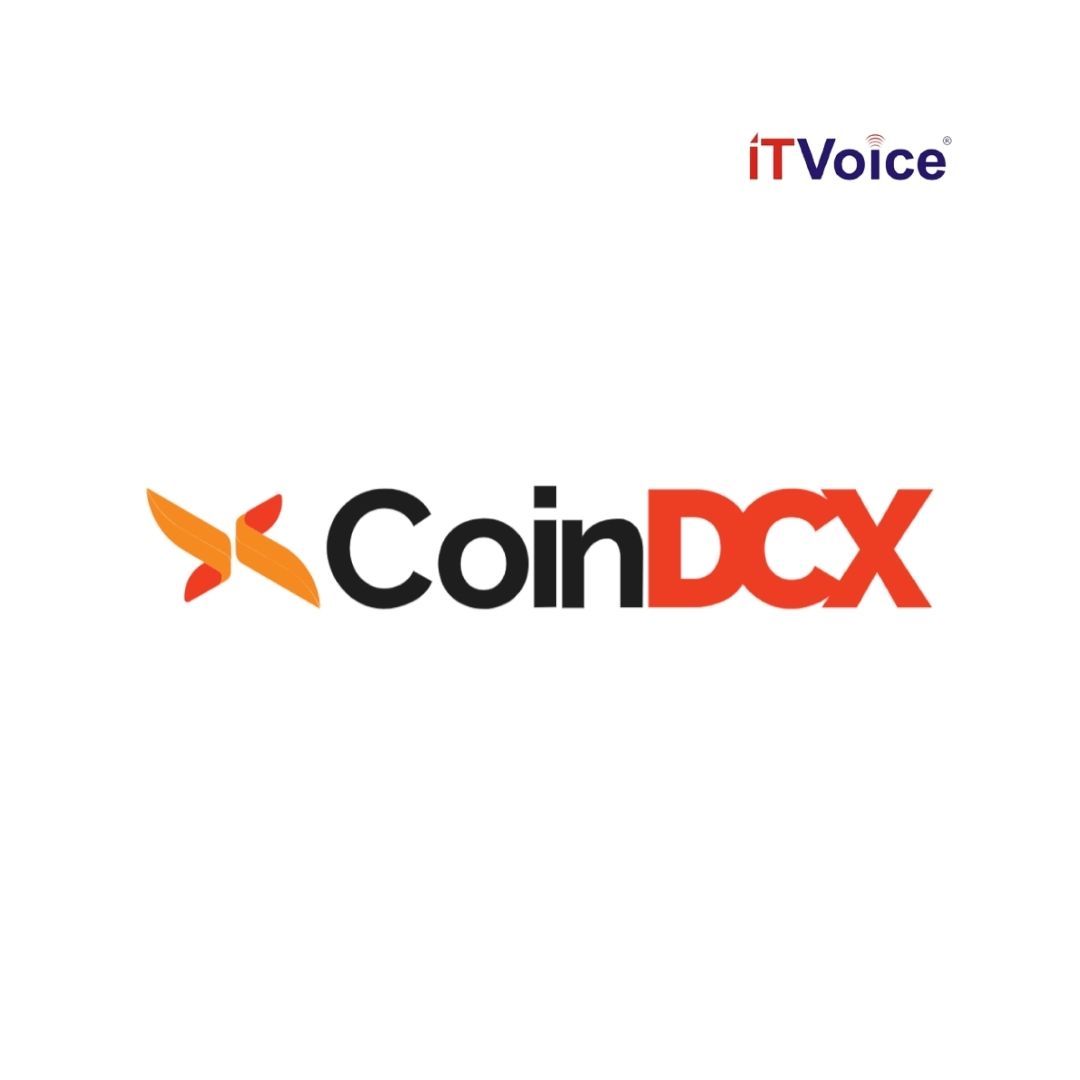The trusted financial systems that exist today have gone through periods of major economic crisis due to their centralized structures. The Global Financial Crisis of 2007-09 was the most recent example of how these robust, global, government-backed, long-term financial systems failed the common people in the blink of an eye. In retrospect, this global crisis paved the way for the rapid growth in decentralized technologies that we are seeing now, for example, the latest web3 wave that has led to the development of decentralized solutions in different sectors, non-fungible tokens (NFTs), asset tokenizations, etc.
Bitcoin pioneered a movement that brought out alternative financial systems, aiming to provide the common man with a decentralized model of earning with no single point of failure. Today, Bitcoin and decentralized technologies like blockchain are well-known urban lingos in the tech sector.
But, it was the inception of Ethereum that had a monumental impact on the blockchain space. Developers were able to leverage blockchain technology to reimagine and reinvent our financial system through smart contracts. Smart contracts are coded conditions that must be met for the transaction to go through on blockchain platforms. This improvement in blockchain technology led the way to decentralized finance or DeFi. Over the years, DeFi has expanded into payments, lending, borrowing, trading, and has led to an evolution in digital assets that has become a crypto-investor favourite.
Decentralized finance or DeFi is a blockchain-based, decentralised financial system that is powered by smart contracts. A DeFi platform’s structural identity lies in the custom smart contracts defined for that platform while the value exchanges happen with the help of tokens. This facilitates users to borrow, lend, invest, trade, and earn interest without the interference of financial intermediaries. The DeFi ecosystem is global, inclusive, transparent, permissionless, and as a result of being based on smart contracts, highly secure.
Why is DeFi gaining traction in the blockchain world?
According to CoinGecko, DeFi market cap has consistently surpassed the $100 billion mark numerous times, including in August 2021. DeFi pulse, a daily DeFi analysis platform, had recorded an $84 billion+ high in the total value locked (TVL) in DeFi in August 2021.
DeFi has its unique advantages that CeFi (centralized finance) cannot provide:
- Immutable
DeFi technology is led by the smart contracts that the application or protocol works on. Only when all mentioned conditions are met does the transaction go through processing. This layer of sophistication significantly reduces the chances of manipulation or loss of data as well as reduces the chances of fraud and loss of funds.
- Permissionless
The permissionless mechanism in blockchains allows democratization in the ecosystem. Through DeFi platforms, users get the freedom to control their finances, data, and perform peer-to-peer transactions without the need for intermediaries. Furthermore, this structure enables any person to enter the DeFi ecosystem and utilize the technology and its services irrespective of economic or cultural status.
- Transparent
From the code to the transactions, everything on a blockchain is transparent and recorded. Due to this advantage, all transactions that happen on DeFi protocols can be traced, tracked, and verified. This significantly reduces the chances of data manipulation, alteration, or deletion and can be used to track any suspicious transactions.
- Financial perks
As mentioned before, DeFi has led to the development of peer-to-peer lending and borrowing which is faster, easier, and can be verified without much hassle. Further, DeFi has enabled people to create and manage their wealth by way of earning passive income via interests accrued on their digital assets or through yield farming.
But is the DeFi world still in its infancy or DeFi to the Moon?
The decentralized financial ecosystem is indiscriminate and thus, faces a problem of scalability. From congestion in the network to delay in the transaction process to higher transaction costs during the congestion periods, DeFi needs to expand and improve to accelerate mass-scale adoption.
Presently, even though the DeFi system is gaining momentum, it still has not achieved mass adoption. Blockchain technology is highly sophisticated and decentralized applications are the bridge to making them accessible to non-technical users but a major part of the ecosystem has still not achieved this.
As the technology is improving, end-user adoption is becoming a priority in the blockchain world. With the web3 wave developing as it is, various dApps and protocols are going to be mainstream and with simple interfaces for tech and non-tech users alike.
There has been a rise in yield farming and liquidity protocols as well as a means of earning passive income. This is also drawing the attention of users as a way and means to gain profit on their investments and retain ownership of their assets.
Stability through Asset Tokenization
Volatility in crypto and DeFi markets have been a constant criticism of the blockchain industry. Crypto and DeFi markets are not regulated and hence, are more susceptible to price volatility than traditional markets.
To combat this uncertainty, an innovative solution in the form of asset tokenization has emerged. Non-fungible tokens (NFTs) were the only buzzword of the tokenized space for a long-time, but sure enough, the space expanded into covering various verticals. Asset tokenization on blockchain refers to the process of converting real-world assets into crypto tokens and leveraging these for investing, trading, and governance on blockchain. Real-world assets include gold, silver, precious metals, real estate, physical paintings, etc, therefore, users can invest in various asset verticals and have diversified portfolios.
Asset tokenization enables peer-to-peer safe transfers and also allows fractional ownership, for example, real estate tokens, which is unheard of in traditional finance. Furthermore, as the value is backed by a real-world asset, the risk of suffering loss due to crypto market volatility reduces.
Currently, the asset tokenization space is maturing further with products working on bridging the gap between digital and traditional assets by enabling users to utilize their tokenized assets for real-world payments.
Towards a Financial Utopia
The DeFi space has emerged to be a viable alternative to the current centralized financial structures and has the potential to grow as much as the traditional systems that exist today. With asset tokenization emerging as the latest development of blockchain technology, we are witnessing the coexistence of the traditional and digital world. The symbiotic relationship of centralized and decentralized finance can be a highly beneficial ecosystem — for an investor to grow in and for the financial sector to revolutionize into a robust, long-term utopia for investors, entrepreneurs, businesses, and common man alike.
The above article is authored by Tarusha Mittal, COO and Co-founder, OroPocket.








